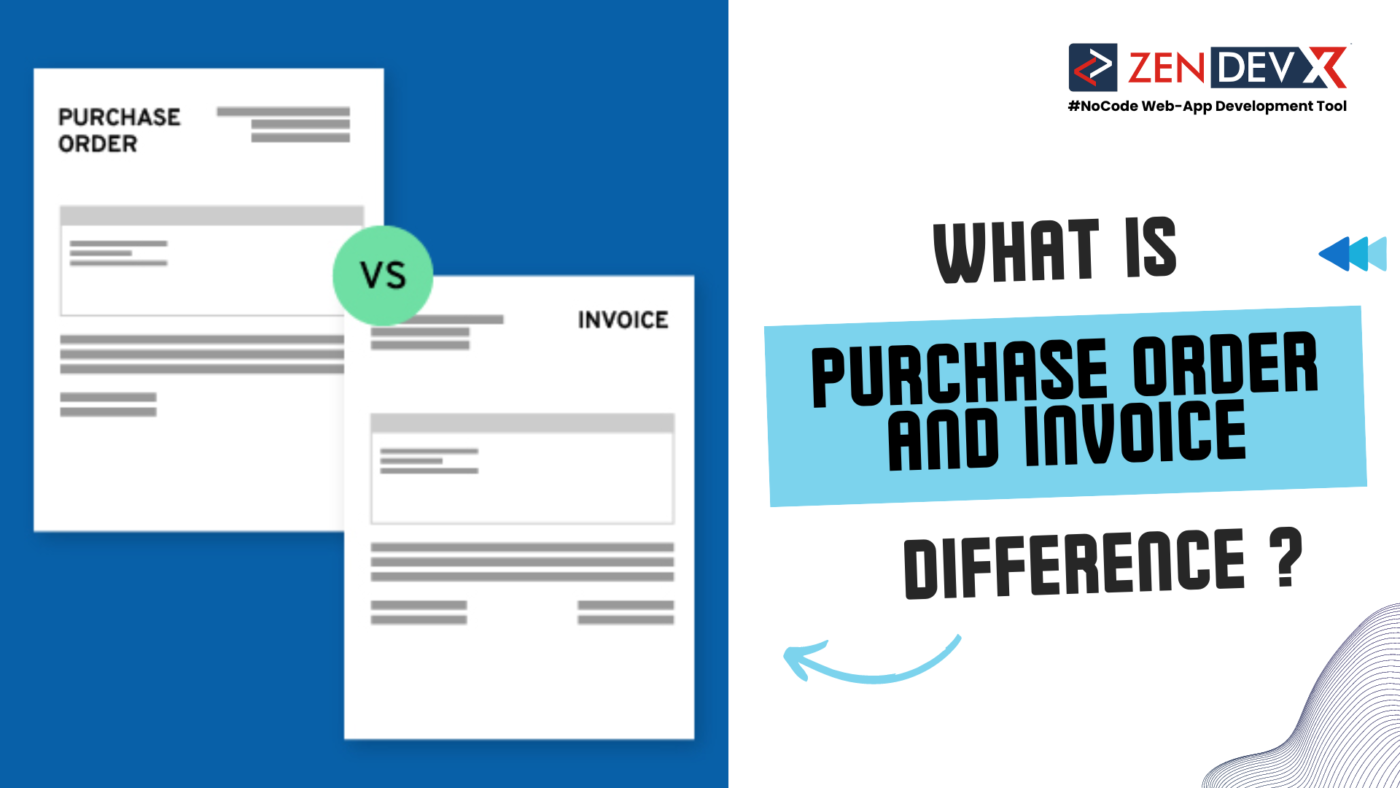How Different Purchase Order From Invoice is ?
If you are new to the procurement scene, you can find it difficult to tell purchase orders from invoices. Indeed, even members of procurement teams have different ideas and views of what exactly defines any procedure.
Ignoring typical procurement phrases could cause you to overlook the finer issues that could affect your organizational expenditure while skimming over significant financial records. You really cannot afford to remain uninformed about the procurement process.
To learn what a purchase order (PO) is, what an invoice is, and what buy order against invoice means, follow along.
A purchase order is…
Officially delivered by a buyer to a vendor to manage and regulate the purchasing process, a purchase order—also known as a PO—becomes a legally binding contract whenever a vendor agrees upon it.
Purchase orders include agreed-upon prices, order quantities, and the list of goods and services a customer would wish to purchase.
Usually, a purchase order comprises:
- PO number
- Date of purchase
- Purchase information
- Order details; terms for payments; delivery address
An invoice is…
Once the order is satisfied, an invoice—an official payment request—is given by the seller to their purchasers. It lists the provided items or services together with the outstanding amount of money.
Usually, an invoice has the invoice number, vendor details, credits or discounts claimed, payment schedule or date, and total due.
Main Points between purchase order and invoice
The main distinction is that buyers forward purchase orders to suppliers meant to monitor and oversee the purchasing process. Conversely, an invoice is a formal payment request sent by suppliers to customers once their purchase is satisfied.
| Purchase Order | Invoice |
|---|---|
| Buyer orders confirmed submitted to the vendor | Supplier sends a payment reminder to the buyer |
| Created when the buyer orders | Generated following the order fulfillment |
| Outlines the terms of a purchase | Specifies the validation of a purchase |
| Stops inventory from being overly stocked | Stops overpayments and duplicates |
| Provides simple tracking of inventories | Facilitates tax and expenditure computation |
Variations between invoices and purchase orders
Two of the most perplexing financial terminology are purchase orders and invoices; they can seem to be synonyms. Both are commodities and services related communications in business. Their times of occurrence vary though.
Though they are somewhat similar, their few basic variances should be fully acknowledged.
Purchase orders and invoices have many parallels even if they differ in several ways:
- Both speak commercially about purchases.
- They are absolutely essential for besting expenditure.
- Both feature basic order details, delivery information, vendor details, and pricing; they offer improved view into the buying process.
- Purchasing documentation is legally binding.
Why would businesses need invoices as well as purchase orders ?
As the need for purchases rises and the buyer-seller relationship changes, a purchase order or an invoice may seem like a burden. Still, these financial records enable a company to handle its purchases without problems.
Regarding a purchase order vs an invoice, you cannot just choose one; both are equally vital. Although from a legal perspective invoices seem important, purchase orders provide much-needed clarification and help to avoid disputes.
Using POs and invoices will remove errors in communication by clearly defining the things being bought, regardless of demand level or complexity of the buying process.
Why digitize invoicing management and purchase orders ?
Managing purchase orders and invoices manually is simple at first when a company is small and makes few transactions. But the quantity of purchases rises as well as the company grows. Not much will help here even knowing the variations and parallels between purchase orders and invoices.
Handling all of the purchase orders and invoices that companies start getting from email, fax, snail mail, etc. manually takes time and increases mistakes. Still, the process running effectively depends greatly on every little data piece.
Not every company can afford to spend in a sophisticated electronic data exchange (EDI) system with its suppliers. Procurement solutions companies may use tools designed especially to improve the speed and effectiveness of these fundamental procurement activities, helping companies of all kinds execute their procurement operations including purchase order and invoice administration.
Conclusion:
A good procurement solution should let you automatically handle your PO, increase general efficiency, and speed up approvals. Such systems help companies easily extract data from all kinds of invoices and purchase orders (pdf, scanned, or even faxed papers). Even better is their real design to be perfectly flexible and dependable in working with other buying, financial, and accounting solutions you might be already utilizing.
Are you trying to find a procurement online solution that simplifies purchase order invoice creation? Consider a superior approach to handle your purchase orders and invoices.


